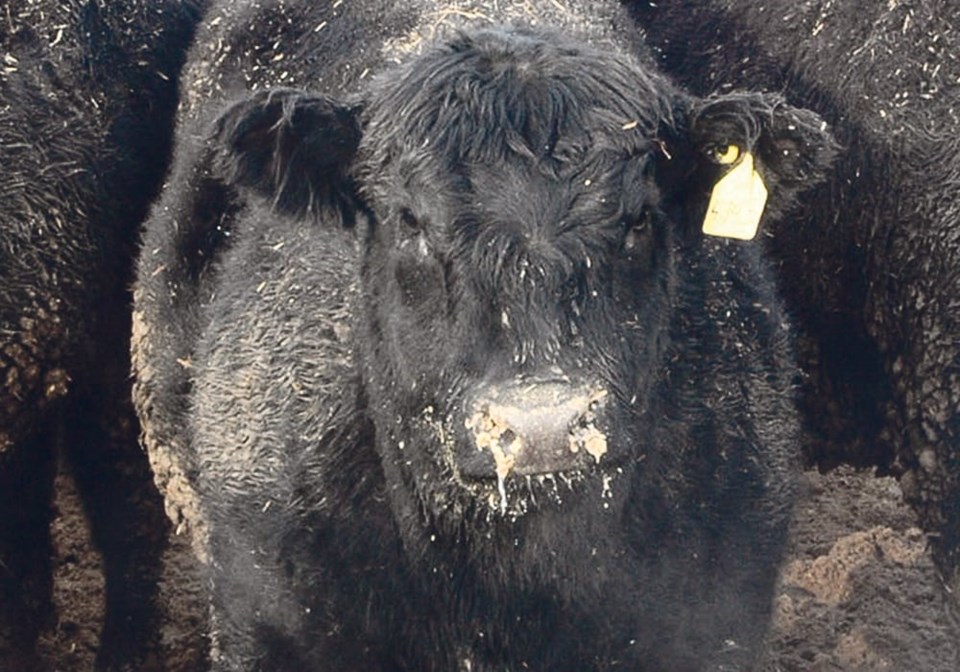WESTERN PRODUCER — Two cows from a Saskatchewan ranch have tested positive for bovine tuberculosis, according to the Canadian Food Inspection Agency.
In February, the U.S. Department of Agriculture notified CFIA of a positive test for bovine TB in a tissue sample from a cow exported to an American feedlot from Saskatchewan in September 2022.
The herd of origin was tested in May, reactor animals slaughtered and two cases of bovine TB confirmed June 19.
The next steps could be painful for ranchers as CFIA officials begin to identify the origin of the infected cows and any contacts they may have had with other herds. Based on past circumstances, these measures have resulted in large-scale culling to stamp out the disease.
“The standard epidemiological approach will apply,” said Dr. Jamie Rothenburger, assistant professor at the University of Calgary’s faculty of veterinary medicine.
“So (CFIA) will look at all of the animals and all the herds in contact with the infected herd, both animals which contributed to the infected herd but also herds that got animals from this herd.”
That trace forward-trace back system will also delve into the genetics of the infected animals to try to identify a molecular source of the bovine TB infection.
As painful as this may be to Saskatchewan cattle producers, it is also a testament to the strength of the continental surveillance systems developed over decades, added Rothenburger.
“It’s going to cost a lot of money and it’s going to be difficult for the people involved, but it does show that our system of surveillance works,” she said.
“These are really rare instances of disease, and I think it’s a good thing we’re detecting them and it gives us confidence that our systems are working.”
The last bovine TB incident in Canada was in the British Columbia Interior in 2018, in which four cases were diagnosed following slaughter at a southern Alberta abattoir.
Those cases were found to have been contained in one herd following 23,000 tests conducted across 42 herds.
In 2016, one herd in southern Alberta was found infected with six cases of bovine TB, resulting in 15 herds being culled after they were found to be in direct contact with animals from the initial ranch. Nearly $40 million in compensation was paid to producers following that incident, which resulted in thousands of cows being culled.
The investigations into the last two incidents found neither were connected to wild animal populations.
Rothenburger said she will be watching to see if that remains the case in Saskatchewan.
Wood bison in Wood Buffalo National Park have been a source of bovine TB within that population, while Riding Mountain National Park has in the past seen cases in the wild. Riding Mountain has been classified as having low risk of spreading the disease because there hasn’t been a diagnosis in the park for a decade following an eradication program.
Canada continues to be recognized as a TB-free country.


